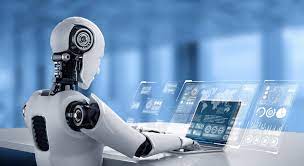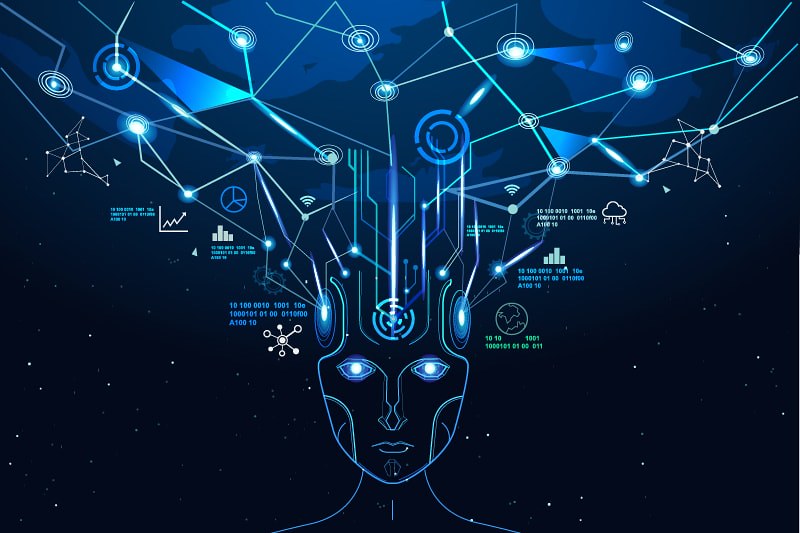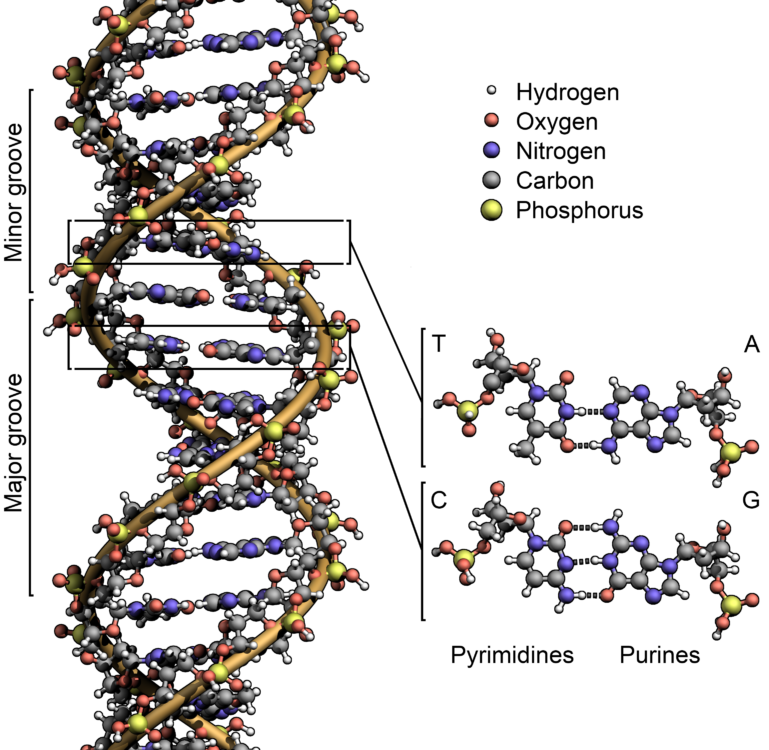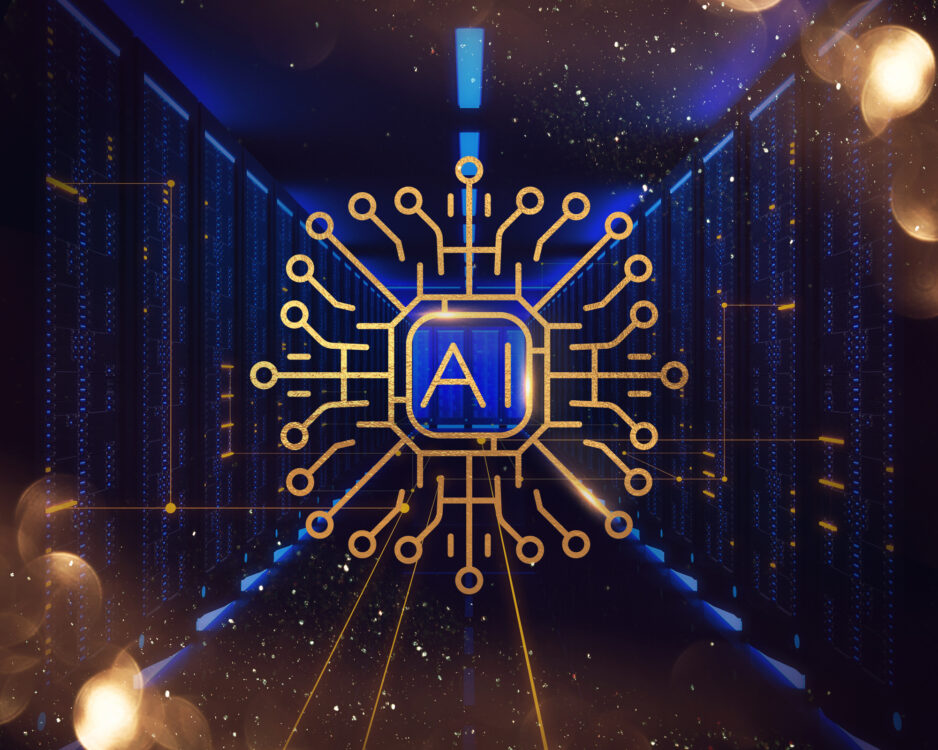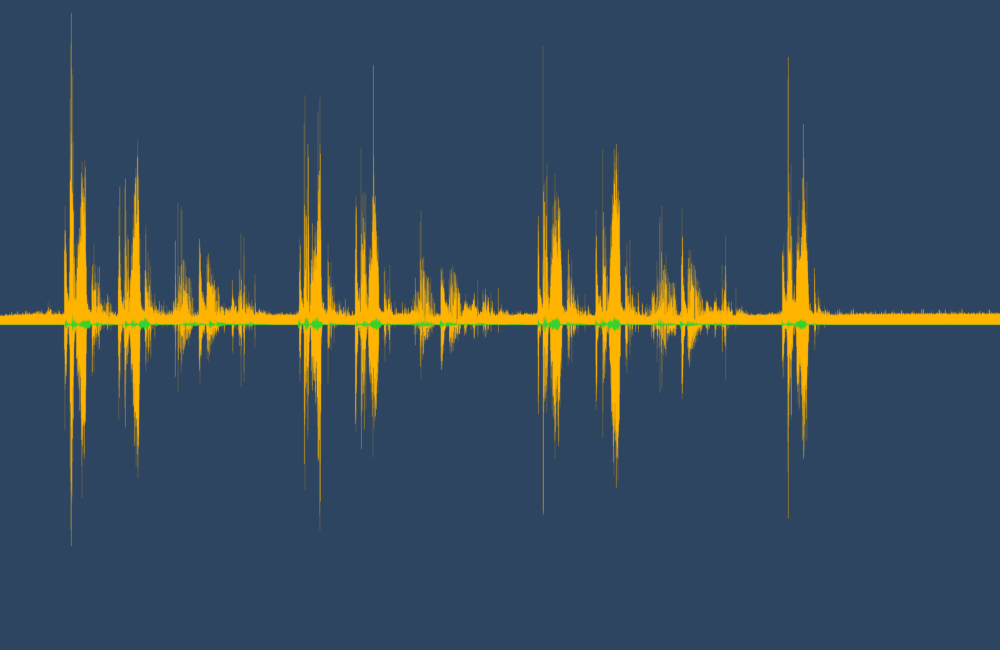Calm, chaos, and the technological singularity
At the crossroads of order and chaos, humanity has consistently sought paths leading to discovery and invention, creating equilibrium amidst perpetual disorder. Calm, in this context, embodies the rules governing human civilization—a structured order that harmonizes existence and guides our collective journey toward desired outcomes. Take Mesopotamia for instance, the earliest urban and literate civilization […]
Calm, chaos, and the technological singularity Read More »
